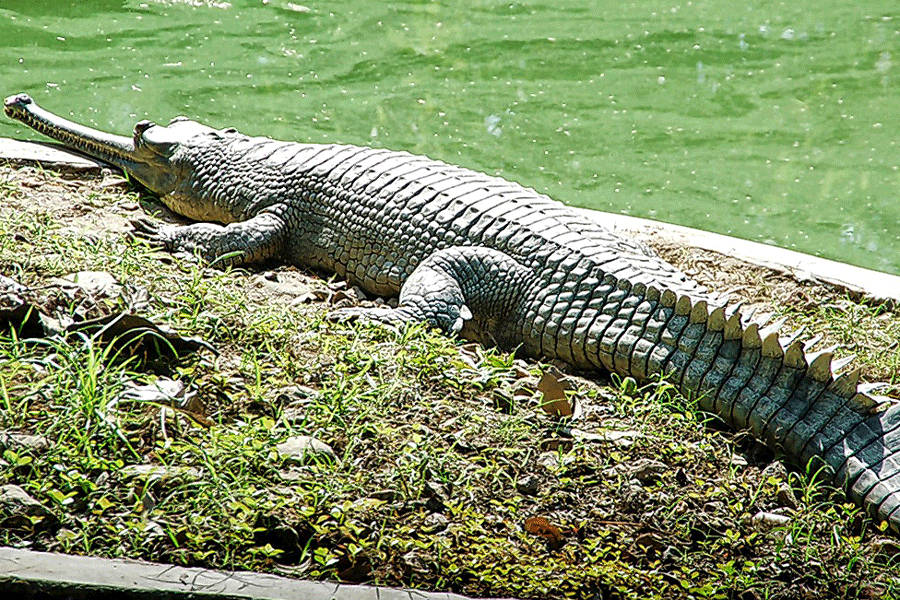Conservation efforts by the Bihar government in the Gandak river have started showing results, with 217 gharials being sighted in a recent survey, up from 30 in 2014, officials said on Sunday.
A survey was conducted along the 284km stretch of the Gandak river, between the Gandak barrage and Rewa ghat, from February 21 to February 28. During the survey, 217 gharials of all sizes were sighted, chief wildlife warden P.K. Gupta told PTI.
"It is a matter of great satisfaction that our gharial conservation project, launched in association with Wildlife Trust of India (WTI), is now bearing results," he said.
"With this, the Gandak river became the second successful breeding site for gharials in India after the Chambal sanctuary. A total of 37 adult gharials, 50 sub-adults, 49 juveniles and 81 yearlings were observed during the survey," said Gupta.
WTI's head of conservation Samir Kumar Sinha said that before the conservation project was launched in Gandak, the river was not known for gharials.
The Gandak river should be declared as a conservation reserve for gharials, he said, adding that it is a critically endangered species.
"Over the years, it was noted that environmental factors like cyclonic storms, unstable habitat parameters such as river bank erosion and fluctuating water level with rains, and water released from dams had catastrophic effects on gharial hatching in the Gandak," Sinha said.
Thirty captive-born gharials, reared at Patna zoo, were released in the Gandak in 2014, he said.
Zoological Survey of India's Patna officer-in-charge Gopal Sharma credited concerted conservation efforts of the forest department, WTI and environmentalists for the success.
"Now, I would suggest that the vulnerable nests should be translocated to safer sites for better monitoring and protection during incubation, and hatchlings should be then released closest to the mother gharials," he said.
The successful conservation efforts are a good sign for the river ecosystem, he said.











